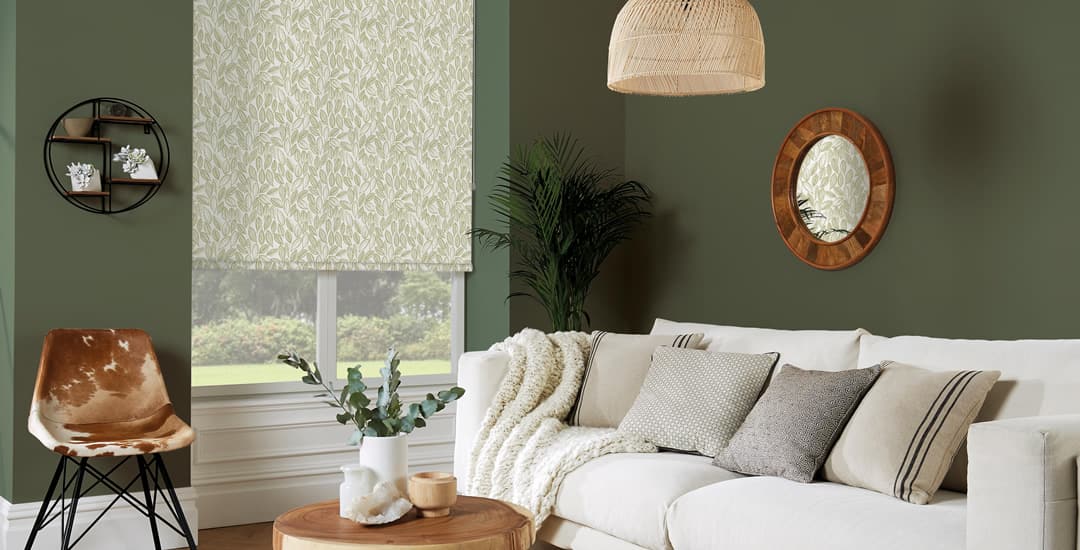
There’s no hard and fast rule on how much blinds should cost, and the answer depends on loads of things including how large your window is, what style of blind you like, what functions you want your blind to have, and what you want your blind to look like.
However, nobody wants to shell out on blinds only to find that they’ve paid well over the odds; and given that the current rate of inflation in the UK (at the time of writing, May 2023) can make it hard to predict even things like how much your normal food shop might be this week or the price of household essentials, this question is more relevant now than ever.
This blog post will cover some basics on the prices of blinds, what sort of price range is normal, and even the sort of averages you might be looking at spending on blinds of different types and for different sizes of windows.
Finally, please note that all of the prices given in this guide are based on average UK prices as of May 2023, and may be subject to change.
Contents:
- 1. How much should you spend on made-to-measure blinds compared to readymade?
- 2. How much should you pay for blinds of different types comparatively?
- 3. How much should you spend on blinds for small windows?
- 4. How much should you spend on blinds for medium-sized windows?
- 5. How much should you spend on blinds for large or tall windows?
- 6. How much should you spend on blinds for patio doors?
- 7. How much should you pay for blinds to use in humid/wet rooms compared to regular blinds?
- 8. How much should you spend on blinds with thermally insulating blackout linings?
- 9. How much should you pay for blinds compared to curtains?
1. How much should you spend on made-to-measure blinds compared to readymade?
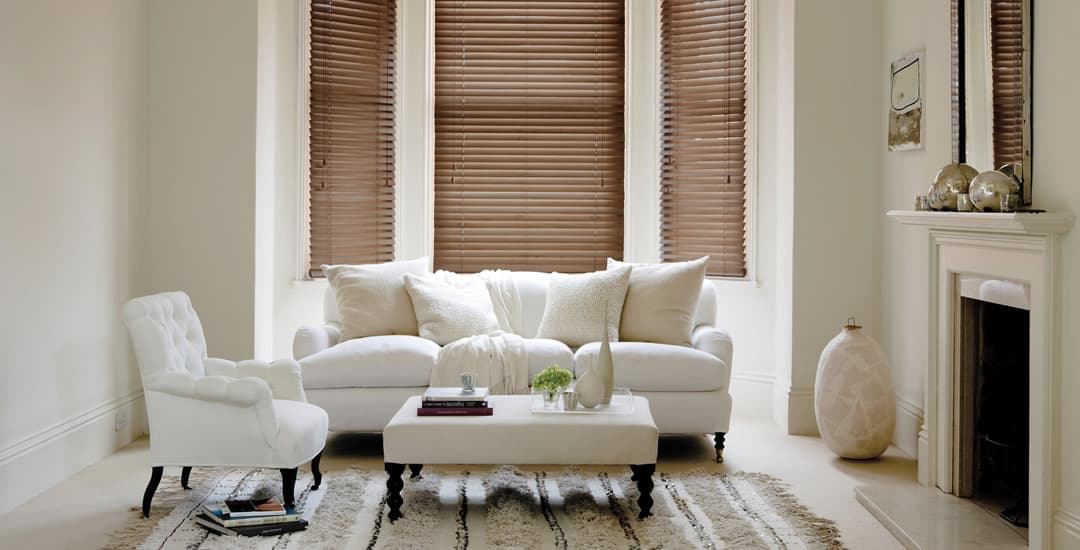
In order to tackle the overall question of how much you should pay for blinds in the UK, I’m going to go from the angle of looking at the average/reasonable costs for blinds; what you’d need to shell out to get a good quality blind that will last for many years, but without paying over the odds.
For this reason, I need to open with a quick note on readymade blinds versus made-to-measure, because this is really important when you look at the value of the blinds rather than the cost.
Readymade blinds are always cheaper in terms of initial purchase cost than made-to-measure. Made-to-measure blinds like-for-like might well be double or even more than this; but, readymade blinds are usually only designed to last for a couple of years before they start to fail functionally, and will often begin to look tatty far sooner than this too.
Made-to-measure blinds from reputable retailers are designed to look good and work properly for over a decade, and in many cases, will last for far longer.
So, imagine a readymade blind cost you £30 but only lasted two years; but a comparable made-to-measure blind cost £60 but lasted a decade.
At the end of the decade, your made-to-measure blind will have cost you just that initial £60 in total, but you’d have potentially spent £150 on readymade blinds during that time, plus those readymade blinds may well have spent a lot of that time looking shoddy, and might not ever have fit the window properly.
Which type of blind is cheaper now! The readymade looks cheap, but the made-to-measure is actually cheaper, although it doesn’t look it!
I appreciate that of course “she would say that” given that I/we only sell made-to-measure blinds here at English Blinds… But there’s a good reason for that, and everything I have said about the sort of cost/value ratio for made-to-measure versus readymade is easy to verify!
So in this respect, how much you should spend on blinds in the UK depends a lot on making sure you spend the right amount of money to get a long-lasting, good quality blind, rather than spending the bare minimum in terms of initial outlay but then keeping having to put your hand in your pocket every couple of years, or more frequently if your blind starts to look overly tatty before it begins to fail.
When it comes to comparing the cost of readymade blinds to made-to-measure, I suggest looking at the initial outlay cost for each along with their potential lifespan; then doing the basic sums to identify the blind that is the best value, rather than the lowest initial outlay cost.
For instance, for a readymade blind that has an expected lifespan of two years to be better value than a made-to-measure with an expected lifespan of a decade, the readymade blind would need to be at least five times cheaper.
Even so, if it is indeed cheaper long term (spoiler: it won’t be), choosing it is also based on the assumption that you don’t mind making the effort of buying anew every two years or so, plus taking down one blind, restoring the wall, and re-hanging a new blind that almost certainly won’t have screw holes in the same places as the old one!
2. How much should you pay for blinds of different types comparatively?
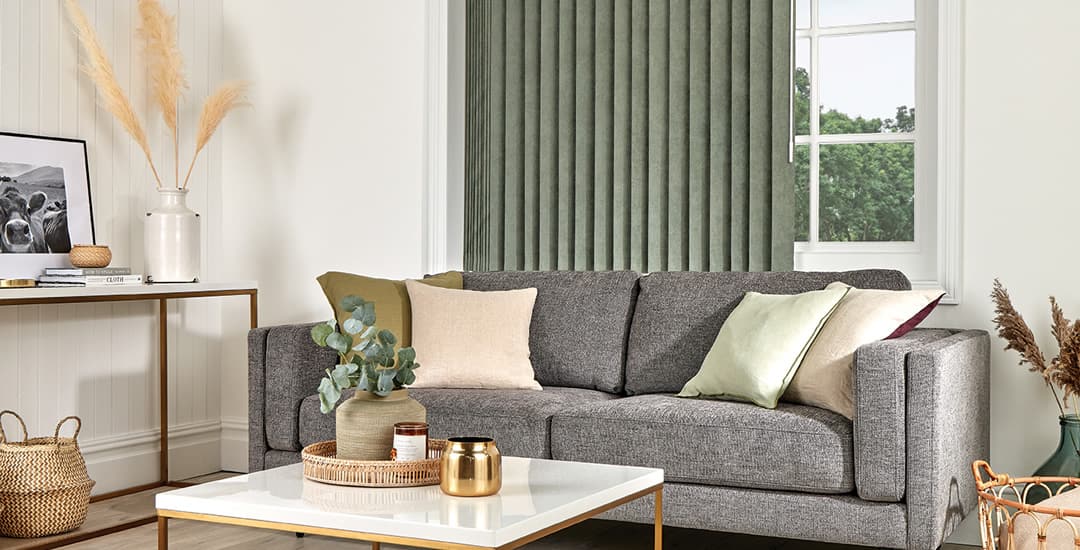
In the examples for different sized windows coming up below, I will give a guide price for different sized windows for blinds from the bottom, middle, and top end of the price scale. But if you’re trying to suss out how all of the different types of blinds compare to each other like for like, and taking this as a ballpark guide based on good quality made-to-measure blinds, here are some average prices as of May 2023 for a window of 100cm wide by 120cm long.
- A roller blind costs from £26.90.
- A vertical blind costs from £38.93.
- A Venetian blind costs from £49.01.
- A faux-wood blind costs from £51.39.
- A real wood blind costs from £71.25.
- A day and night blind costs from £83.56.
- A Roman blind costs from £137.86.
As you can see, the like-for-like costs of some of these different types of blinds are quite close; A Venetian blind and a faux-wood blind for example, only has a couple of ££ difference, and there’s only a shade over a tenner between each of the first three blinds.
At the higher end of the price scale, the average costs do become more distinct and start to jump up; but for most blinds other than these higher-end luxury ones, don’t be surprised to find that there’s often not much in it, and potentially even some crossover in prices for some larger window sizes too.
3. How much should you spend on blinds for small windows?
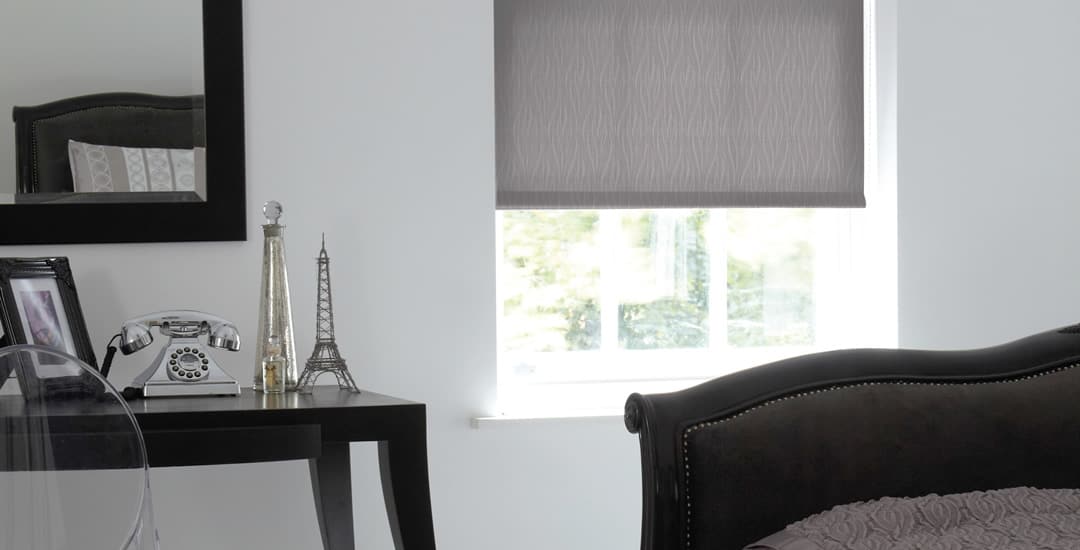
This depends a lot on the type of blinds you want; blinds at the lower end of the price scale like roller blinds will generally cost a lot less than blinds at the top of the price scale, like Roman blinds. Mid-range, you’ve also got faux-wood blinds too.
For the purposes of expediency, here’s an example of how much would be a reasonable amount to spend on a blind for a small window of say, 45cm wide by 60cm long, from the bottom, middle, and top end of the window blinds price scale for good quality made-to-measure blinds:
- A roller blind for a small window costs from £17.35.
- A faux-wood blind for a small window costs £30.64.
- A Roman blind for a small window costs from £92.97.
As you can see, there’s quite the range of variance there! These prices are based on basic good quality models of standard window blinds and are intended as a broad guide only.
4. How much should you spend on blinds for medium-sized windows?
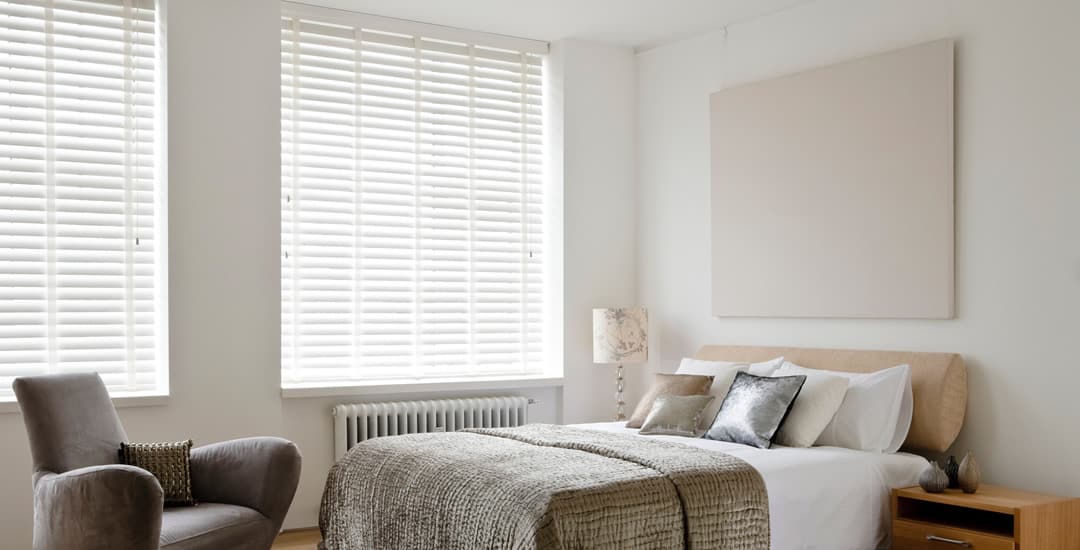
Working with the same comparison as close to like-for-like as we can make with good quality window blinds for a medium sized window of 100cm wide by 120cm long, with the same blinds I used to calculate the prices above:
- A roller blind for a medium sized window costs from £26.90.
- A faux-wood blind for a medium sized window costs from £51.39.
- A Roman blind for a medium sized window costs from £137.86
5. How much should you spend on blinds for large or tall windows?
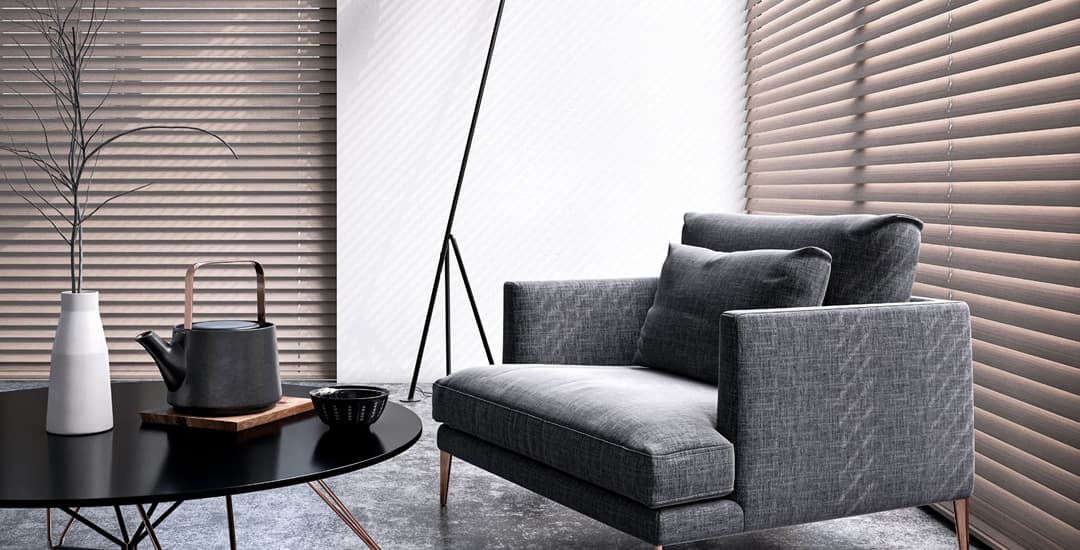
How much should you spend on blinds for a big window? Using an example window size of 180cm wide by 200cm long, the prices are:
- A roller blind for a large window costs from £50.
- A faux-wood blind for a large window costs from £122.03.
- A Roman blind for a large window costs from £311.60.
6. How much should you spend on blinds for patio doors?
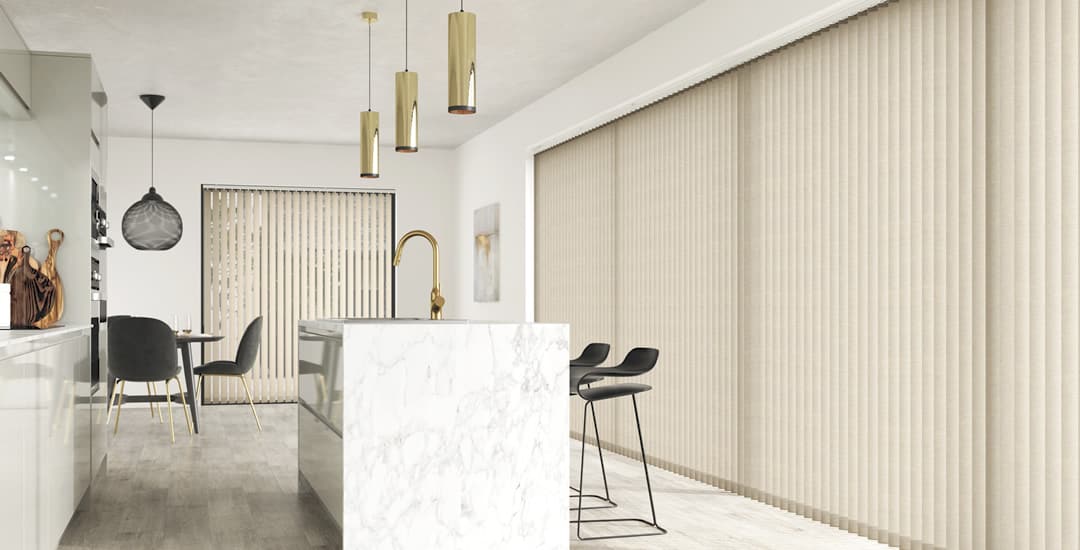
Obviously, the larger your windows, the more costly your blinds will be! However, blinds of different types top out at various points in terms of the largest viable size they can be made in, due to the logistics of making and shipping them, and the weight involved in hanging and operating them.
This means that when it comes to really big windows like patio doors, some types of blinds will be out of the running immediately. This includes heavy blinds like faux-wood, and generally, Roman blinds and real wood blinds too.
Some types of blinds like roller blinds can be abutted side by side across the window to enable you to choose them without weight/logistical concerns, but the only type of blind that can be made in pretty much literally any size without a problem is a vertical blind.
For this reason, the vast majority of blinds for patio doors are vertical blinds, with roller blinds in pairs or multiples coming a close second. Day and night blinds are also suitable when abutted, and Venetian blinds may be an option too, but they tend to form a large stack of slats at the top when open, which means they’re not really ideal for patio doors.
Looking at roller blinds, vertical blinds, and day and night blinds for patio doors, your vertical blinds can be made in one unit, but you’d need to pair up two roller blinds or day and night blinds respectively at half the required width each to cover the space.
With this in mind, how much are blinds for patio doors at different ends of the price scale? For patio doors that are 3m/300cm wide by 2m/200cm tall, here are the figures.
- A pair of roller blinds for patio doors costs from £95.60.
- A single vertical blind for patio doors costs from £158.29.
- A pair of day and night blinds for patio doors costs from £239.40.
7. How much should you pay for blinds to use in humid/wet rooms compared to regular blinds?
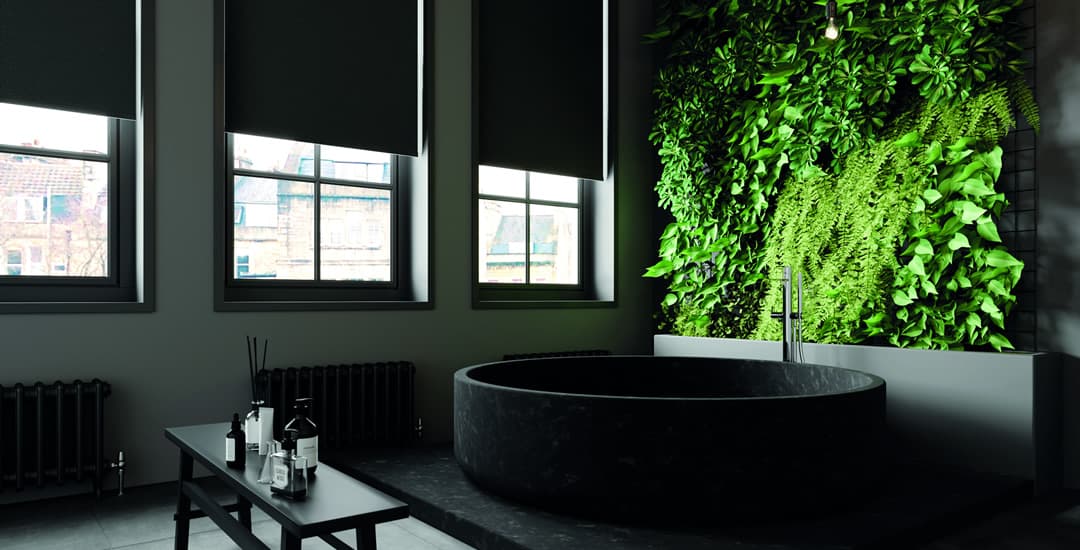
Blinds for rooms like kitchens and bathrooms need to be waterproof, which isn’t a feature of standard blinds. Truly waterproof blinds are made of either PVC or vinyl, in the form of roller blinds or vertical blinds respectively.
So, how much should you pay for waterproof blinds compared to regular polyester blinds?
For a window of 100cm wide by 120cm long, here are the current rates.
For roller blinds:
- A non-waterproof roller blind costs from £26.90.
- A waterproof roller blind costs from £45.15.
For vertical blinds:
- A non-waterproof vertical blind costs from £38.93.
- A waterproof vertical blind costs from £52.10.
8. How much should you spend on blinds with thermally insulating blackout linings?
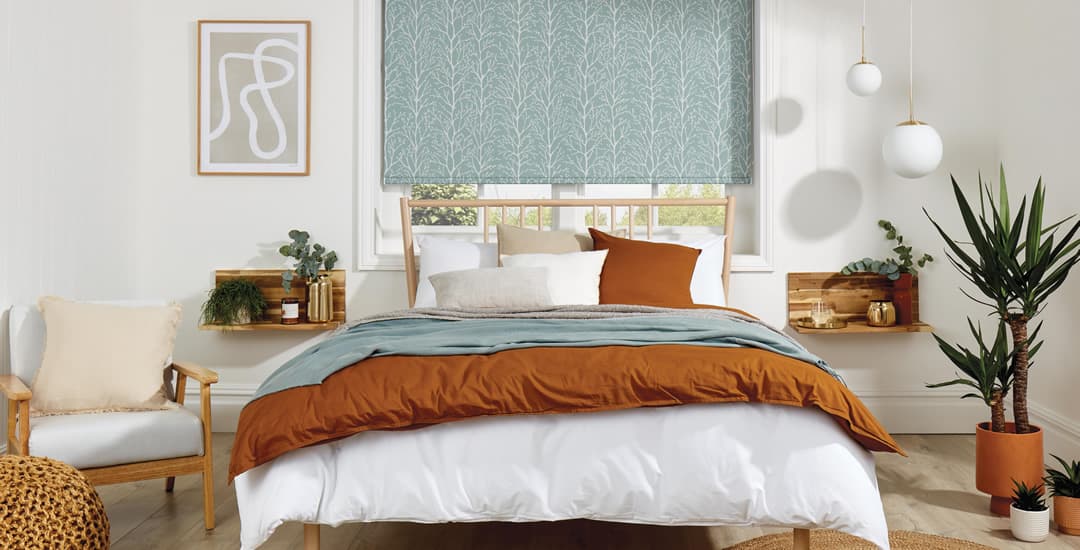
Many people choose blackout blinds for their bedrooms or various other applications that require the room to be fully dark, and blinds may either be made with a special blackout coating on the back of it, or be made with an additional lining to achieve this.
A step up from this is to choose blackout blinds where the lining is specially developed to provide an additional layer of insulation to the window too, which can help to keep out draughts and reduce your heating spend in winter.
Even during the summer, blinds with a thermally insulating lining can help by means of keeping the worst of the sun out of the room and reflecting excess heat before it gets the chance to build up.
Insulating your window with a thermally insulating blind can actually help you to reduce your heating spend, assuming that the blind fits the window correctly and is kept closed when it’s cold, so when it comes to good quality made-to-measure thermally insulating blinds, these will potentially pay for themselves and then some over the course of their lifespan.
But how much do they cost to buy, and is it worth the additional outlay for thermally insulating blinds compared to regular blinds of the same type? Here are the comparisons for how much you might spend on blinds with a thermally insulating lining compared to regular blinds of the same type, based on a blind for a window of 100cm wide by 120cm long.
For roller blinds:
- A standard roller blind costs from £26.90.
- A thermally insulating roller blind costs from £38.57.
For vertical blinds:
- A standard vertical blind costs from £38.93.
- A thermally insulating roller blind costs from £59.94.
It is also worth noting that Roman blinds, wooden blinds, and faux-wood blinds respectively are natural insulators, and can also be used to thermally insulate a window just like the blinds above. Here’s a quick price guide on how much you should pay for blinds of these types to insulate a window of 100cm wide by 120cm long:
- A thermally insulating faux-wood blind costs from £51.39.
- A thermally insulating real wood blind costs from £71.20.
- A thermally insulating Roman blind costs from £125.39.
9. How much should you pay for blinds compared to curtains?
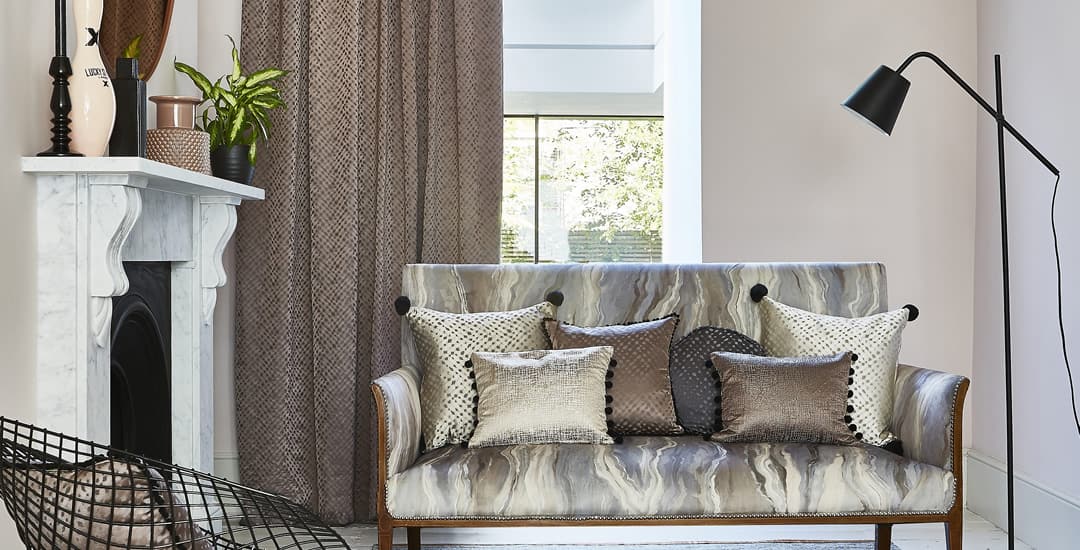
Finally, if you’re trying to arrange window coverings and budget is a serious consideration, which are cheaper, blinds or curtains? This depends a lot on what type of blinds you pick (as you can see from the sort of ranges of variance in my examples above) and premium, luxury styles of blinds like Roman blinds will tend to cost around the same or maybe even more than an equivalent style and quality of curtains.
However, towards the lower end of the blinds price scale, more economical choices of blinds like roller blinds almost invariably cost less than equivalent quality curtains, and so you’d expect to pay less for blinds right up until you start getting into the realms of Roman blinds, real wood blinds, and day and night blinds respectively.




